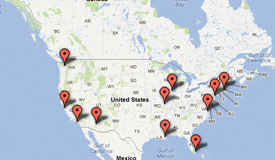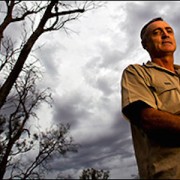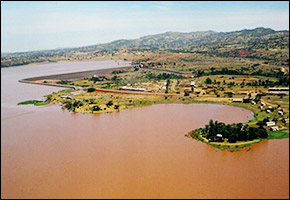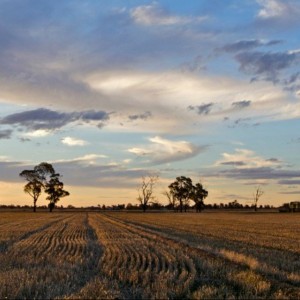More Water for Fish, NOAA Declares
In an 800-page report, federal officials issued a dire prediction for California’s salmon — they’re just about out of water. The only solution: cut water usage in the Central Valley.
The report, issued by the National Oceanic and Atmospheric Administration (NOAA) on Thursday, recommends changes to the federally controlled waterworks of the San Joaquin-Sacramento River Delta.
NOAA’s recommendations are intended to protect several threatened and endangered fish species and aid the ailing pacific coast salmon industry. Specifically, NOAA mentions Chinook salmon, Central Valley steelhead, and the North American green sturgeon as vital to the riverine and oceanic ecosystems of California.
“What is at stake here is not just the survival of species but the health of entire ecosystems and the economies that depend on them,” said Rod McInnis, southwest regional director for NOAA’s Fisheries Service, in a press release.
The report calls for a 5 to 7 percent reduction in annual water usage in the Central Valley — mostly affecting the agriculture sector — but allows for exceptions in periods of extreme drought or for “health and safety” reasons.
The findings make strange bedfellows of the salmon industry and environmentalists, pitting them against Central Valley farmers and residents. Governor Schwarzenegger’s office immediately lambasted the report.
“This federal biological opinion puts fish above the needs of millions of Californians and the health and security of the world’s eighth largest economy,” he said in a prepared statement. “I will be asking for a meeting with Secretary Salazar and Secretary Locke to discuss our concerns with these biological opinions.”?
In addition to changes in how much water is used, NOAA is also recommending changes to dam and discharge systems.
According to NOAA scientists, warm water and shallow stream depths are decimating the salmon populations of the Central Valley. Upstream-swimming adults prefer cool, deep waters to spawn, while downstream-swimming juveniles need a clear path through the maze of dams and dikes that dot the delta.
The report addresses more than just ecological concerns, though — California’s commercial salmon industry has been shut down for a second straight year, with the recreational season reduced to a meager ten days.
And with the collapse of the salmon stock a direct result of “decades of freshwater habitat degradation” and “water withdrawals,” according to the Pacific Fishery Management Council, NOAA hopes the recommendations will revive the $103 million industry.
The report is on its way to the Federal Bureau of Reclamation for review and implementation.
Sources: NOAA press release, Governor Arnold Schwarzenegger’s statement, the Pacific Fishery Management Council’s press release [pdf].
Circle of Blue’s east coast correspondent based in New York. He specializes on water conflict and the water-food-energy nexus. He previously worked as a political risk analyst covering equatorial Africa’s energy sector, and sustainable development in sub-Saharan Africa. Contact: Cody.Pope@circleofblue.org









